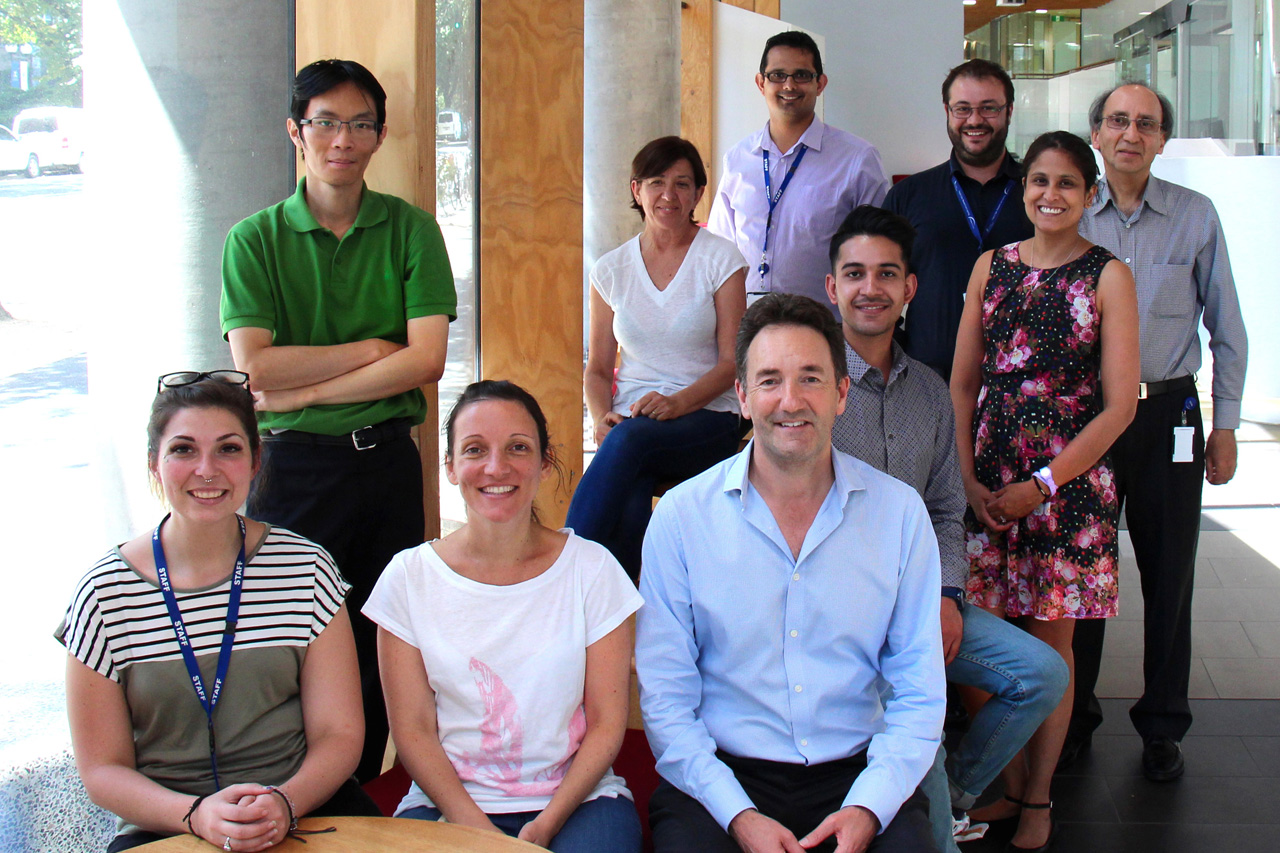-
Measles reference
Australia was declared to have eliminated endemic measles virus in 2014. Measles is highly transmissible to unvaccinated or non-immune individuals. The National Measles reference function of the laboratory characterises and genotypes all measles detections in Australia to identify the specific genotypic lineage of imported strains in returned travellers or visitors. This allows the genotype to be linked to an importation event or specific geographical region, local transmission related epidemiological linking and contact tracing, and monitoring of onward transmission of cases in Australia. For Victorian cases, Julian’s group provides a rapid testing service to discriminate vaccine-strain from wild-type transmitted measles strains.
-
Herpes virus drug resistance testing
The Virus Identification laboratory has a strong interest in herpes virus drug resistance testing and performs testing on samples from all over Australia. Genotypic testing is performed for cytomegalovirus (CMV) and varicella-zoster virus (VZV). For herpes simplex virus (HSV) 1 or 2, genotypic or phenotypic analysis is performed. Detection of drug resistance can help treating doctors better manage their patients and alter drug therapies as required.
-
Vaccine trial
The Virus Identification laboratory is currently involved in the set-up logistics and laboratory testing of samples collected from participants enrolled in a large therapeutic virus vaccine trial.
-
Virus discovery
Most virus testing uses highly specific and sensitive testing methods that are capable of only detecting the pathogen of interest. The Virus Identification laboratory has designed additional tests with broad reactivity to virus families or genera with the ability to detect newly emerging or zoonotic viruses known to infect all vertebrates that may present in humans. The methods can be employed for discrete cases, clusters or geographical investigations to detect unknown or unexpected viruses. The methods have detected a novel parvovirus and alphavirus. Virus isolation is possible with support services with Physical containment level 2, 3 and 4 laboratories available. Previously, a deadly novel arenavirus (Dandenong virus) was first co-discovered and isolated by this laboratory.

Dr Julian Druce
(03) 9342 9623 | julian.druce@mh.org.au
- Position:
- Head of Virus Identification Laboratory
- Theme(s):
- Viral Infectious Diseases, Dengue, Emerging Infections, Influenza
- Discipline(s):
- Global Health, Public Health
- Unit(s):
- Victorian Infectious Diseases Reference Laboratory (VIDRL)
- Lab Group(s):
- Virus Identification Laboratory
Dr Julian Druce is the Senior Medical Scientist in the Virus Identification Laboratory of the Victorian Infectious Diseases Reference Laboratory (VIDRL). His laboratory has responsibility for detection of viruses affecting humans including respiratory viruses, herpes viruses, enteroviruses, flaviviruses, alphaviruses, pox viruses and many more. His work practices span Biosafety levels 2, 3 and 4 and he operates laboratories at all these levels. His laboratory is designated as one of three World Health Organization (WHO) National Influenza Centre (NIC) laboratories, a WHO Regional Measles Reference Laboratory, and houses the National High Security Quarantine Laboratory (NHSQL) for diagnosis of high level pathogens causing viral haemorrhagic fever.



